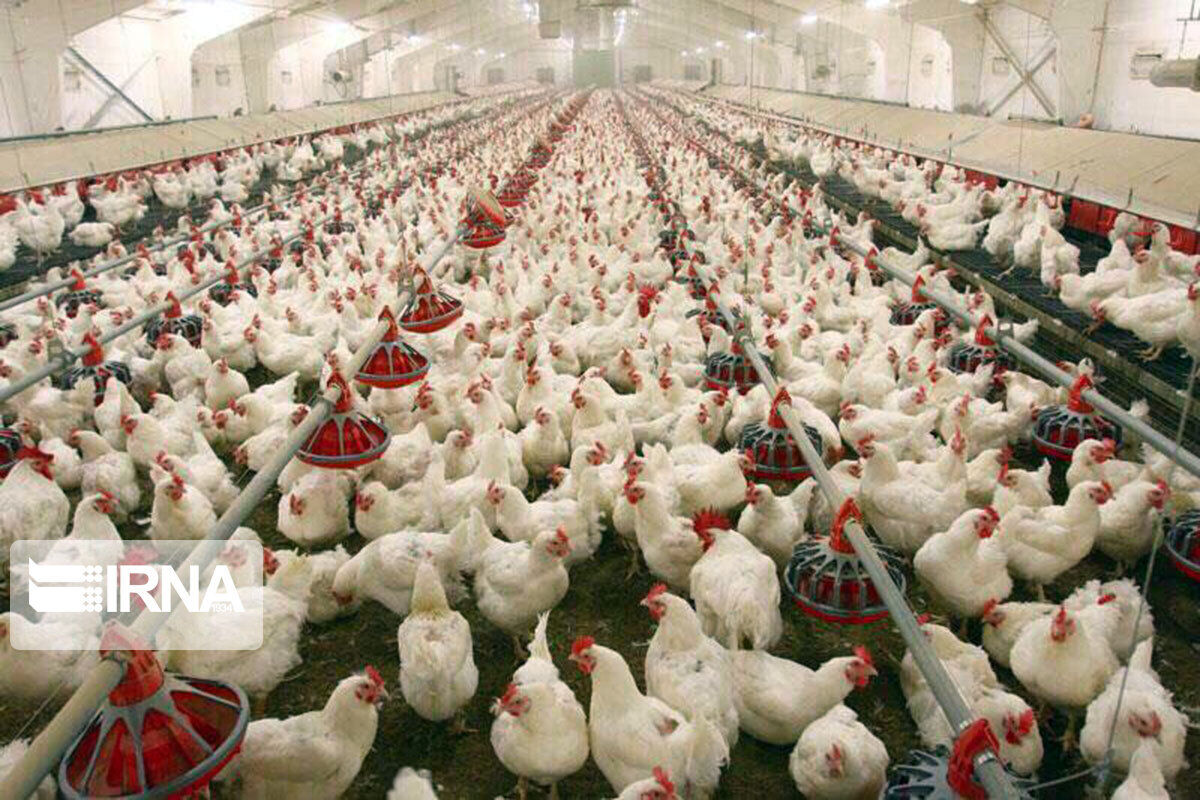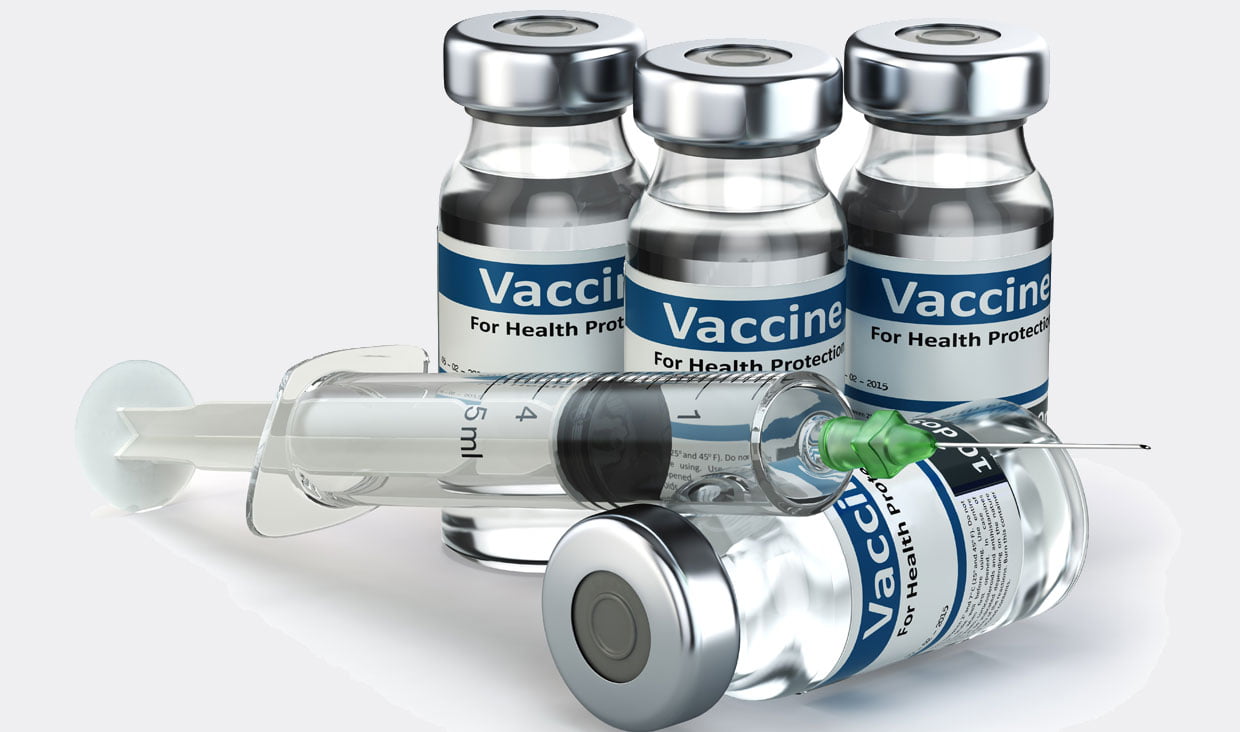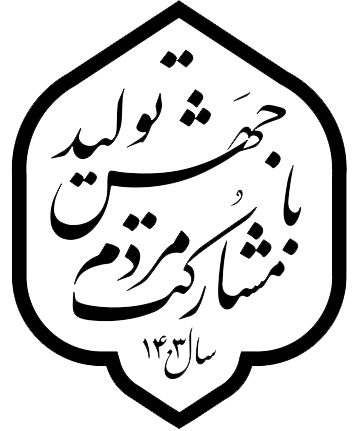Iran produces avian influenza H5 antigen for first time

The director of research and diagnosis of poultry, bee, silkworm, and wildlife diseases at the Razi Vaccine and Serum Research Institute announced that the institute's researchers have produced the avian influenza H5 antigen for the first time in the country.
"Antigens are biological products and essential diagnostic tools in laboratories. In the case of avian influenza H5 viruses, which can be transmitted from birds to humans and mammals, this achievement is even more prominent and important, as these viruses can only be manipulated in BSL-3 (Biosafety Level 3) laboratories, and the number of such laboratories in the country is limited,” Mohammad Abdolshah said.
He added, "At the Razi Institute, backed by a century of research and production in the field of vaccines and biological products and relying on the accumulated technical knowledge in this unique complex, we have succeeded in producing such an important and strategic product for Iran in a short time; although the production of antigens, despite its simple appearance, has complexities and difficulties that are not hidden from experts."
Abdolshah stated that the antigen has been approved by the National Center for Diagnosis, Reference Laboratories, and Applied Studies of the Veterinary Organization and is now being mass-produced. "The program for domestic production of this imported and costly product began in the Razi Institute in February last year and was quickly completed in the shortest possible time, while adhering to quality and technical requirements, and was delivered to the Veterinary Organization in early June 1403 and entered the cycle of implementing the national monitoring plan."
Abdolshah emphasized the significant role of the avian influenza H5 antigen in monitoring and diagnosing the disease and pointed out the obvious gap in its absence. He recalled that before 2019, when this virus was still considered exotic, the country's policies were based on eliminating infected foci and eradicating the disease without vaccination.
He said that under such conditions, the use of antigens for hemagglutination inhibition (HI) tests was not widespread, and the country's limited needs were met through imports, albeit at a high cost. With the start of vaccine use in high-value flocks such as lines, grandparent, parent, and layer hens, disease monitoring and diagnosis took on a different form; the evaluation of the effectiveness of vaccines used against circulating viruses took on a different color, and the interpretation of the serological profile of vaccinated and unvaccinated flocks differed from before.







comment please